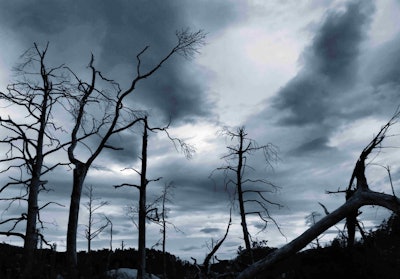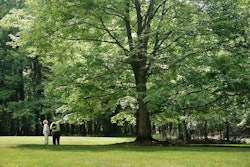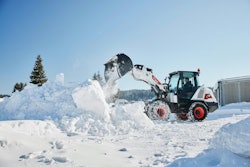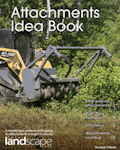
 In a drought, the system trees use to distribute water has to work too hard.
In a drought, the system trees use to distribute water has to work too hard.Photo: Shutterstock
A research team that included Princeton University scientists has discovered what traits cause certain trees to be able to endure droughts better than others.
The study shows that when a tree’s water transport system is stressed, it makes the tree more susceptible to death. The network of internal pipes is known as xylem, and it pulls water up from the roots to the crown of the tree.
The lead author of the study, William Anderegg, an associate research scholar at the Princeton Environmental Institute, compares the findings to a spring getting tauter and tauter the longer the drought goes on. If water is limited, the tree has to work much harder to draw water up through the ground, causing air bubbles to enter the xylem.
These bubbles cause blockages, much like a blood clot in an artery, culminating in what Anderegg says is “like a heart attack for a tree,” according to Science Daily.
Another expert, Park Williams, said, “We all know that the chance of a plant’s dying goes up when water becomes limited, but we’re unsure what the exact processes are inside the plant that cause death during drought, and we’re even more unsure how to model those processes.”
Williams, an assistant research professor at Columbia University who did not participate in the latest study, adds: “This new meta-analysis sheds important light on this issue by telling us trees are more or less all sensitive to the same thing during drought – hydraulic failure.”
The team involved in the new study examined 475 species and more than 760,000 individual trees from 33 individual studies across the globe. The researchers inspected 10 physiological traits that they found important for predicting mortality.
Various forest environments such as tropical rainforests, evergreen forests and savanna woodlands were all investigated and it was discovered that both angiosperms (flowering trees) and gymnosperms (cone trees) were equally prone to die in a drought.
The trees that had a larger “hydraulic safety margin” were the species that were more likely to survive the tension of pulling water up during a drought. Angiosperms’ wood density proved to be a helpful trait, enhancing its prospect of survival.
“When a tree is forced to work too hard to pull water out of soil, its ‘straws’ collapse – similarly to how a straw collapses if we work too hard to drink a milkshake,” Williams said. “This paper agrees with other recently published research that indicates that if we can accurately model how hard trees are having to work to pull water from the soil, this would improve our ability to model how likely they are to die during a drought.”
Anderegg conducted the study to help forestry experts create early-warning systems and take precautionary steps. Those steps could include planting trees that are more resilient in a drought.
“We’d like to have a crystal ball to see the future of forests,” Anderegg said. “Right now we’ve got a very fuzzy and cracked ball that we’re slowly trying to polish and get a better view.”










